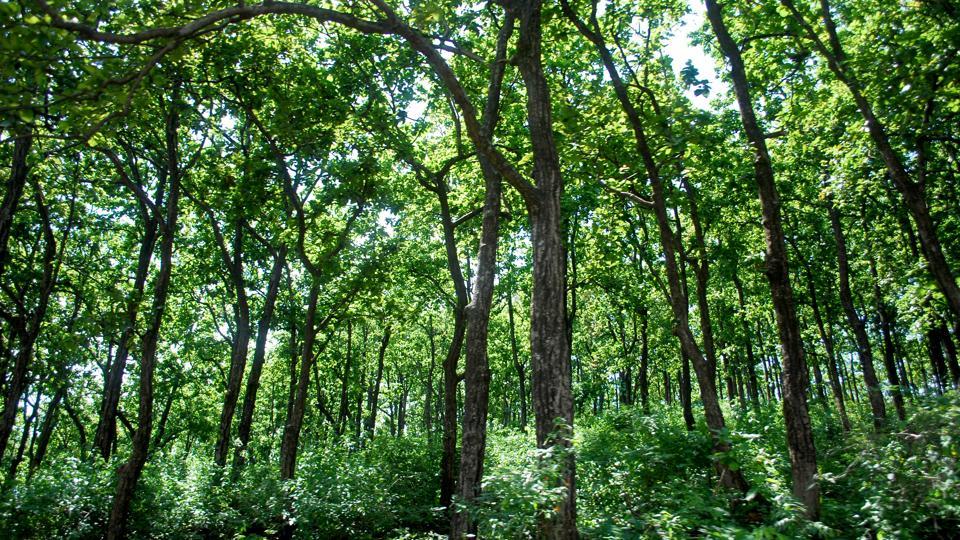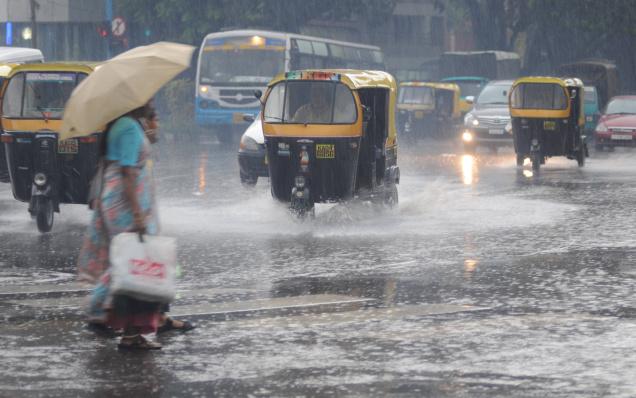Source: ailypioneer.com
While the temperature in Capital city is touching 42 degree Celsius, a
government report on forest area in Ranchi division shows an increase
in the forest cover.
According to the latest Indian State of Forest Report (ISFR)
published by Forest Survey of India in 2018, Ranchi increased its forest
area by 10 sq km since 2015, the highest increase among all the
districts in Jharkhand. This increase happened despite rapid
urbanisation and development in the city. The Pioneer contacted
environmentalists and government officials on the issue ahead of World
Environment Day.
“As the data shows, the city’s forest area has increased in the last
few years. It is the result of a targeted approach of the Ranchi Forest
Division, where we have different management policies for different
kinds of forests,” said Sushil Oraon, Assistant Conservator of Forest,
Ranchi Forest Division. As per the report, Ranchi currently has 63 sq.
km of ‘Very Dense Forest’, 364 sq. km of ‘Moderately Dense Forest’, and
737 sq. km of ‘Open Forest’.
“We focus on the maintenance and improvement of dense forests, and
try to increase density of the moderately dense forests so that they are
promoted to the dense forest category. For open forests, we push for
afforestation, so that the overall forest cover increases,” Oraon said.
He said that the Pollution Board is organising an event on Wednesday to
mark World Environment Day.
An initiative was undertaken recently by the Ranchi Smart City
Corporation (RSCC) along with Jharkhand Urban Infrastructure Development
Company Limited (JUIDCO) and Larson and Toubro (L&T) on Sunday,
where officials from the three companies planted a lot of saplings to
compensate for the various ongoing projects across the State.
However, environmentalists have continued to show concern over the
matter. Environmentalist Nitish Priyadarshi raised the issue of the
environmental concerns of the loss of trees due to rapid construction
work in the city.
He also stressed on the impossibility of recovering lost forests. “We
cannot create forests. We can plant trees, but forests are natural that
develop over a long period of time,” he said. “Also, planting trees is
easy, but protecting and caring for them requires commitment. Instead of
just planting trees and forgetting about it, the government should have
a long term policy, so that the planted trees are cared for when they
begin to grow in two three years. Planting trees is just a formality if
the there is no follow-up,” he added.
Priyadarshi, who teaches Geology at Ranchi University, dismissed the
government data and pointed out the evident ill-effects of
deforestation. “The increase in temperature, the water crisis, the
man-animal conflicts in neighbouring areas are all results of this
increasing loss of forests.” He suggested many ways to combat the
problem. “Public awareness, strict government policy, cultivation of
barren land are all beneficial steps,” he said. “We can also follow the
example of the sacred forests of Meghalaya, where nothing is allowed to
leave the forest groves due to the religious beliefs of the indigenous
cultures.”


